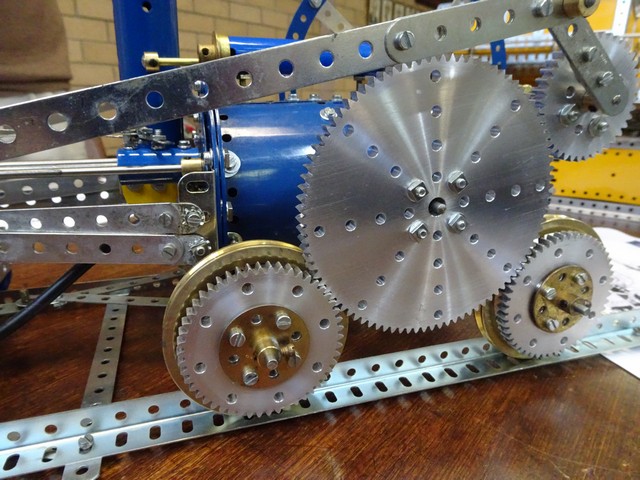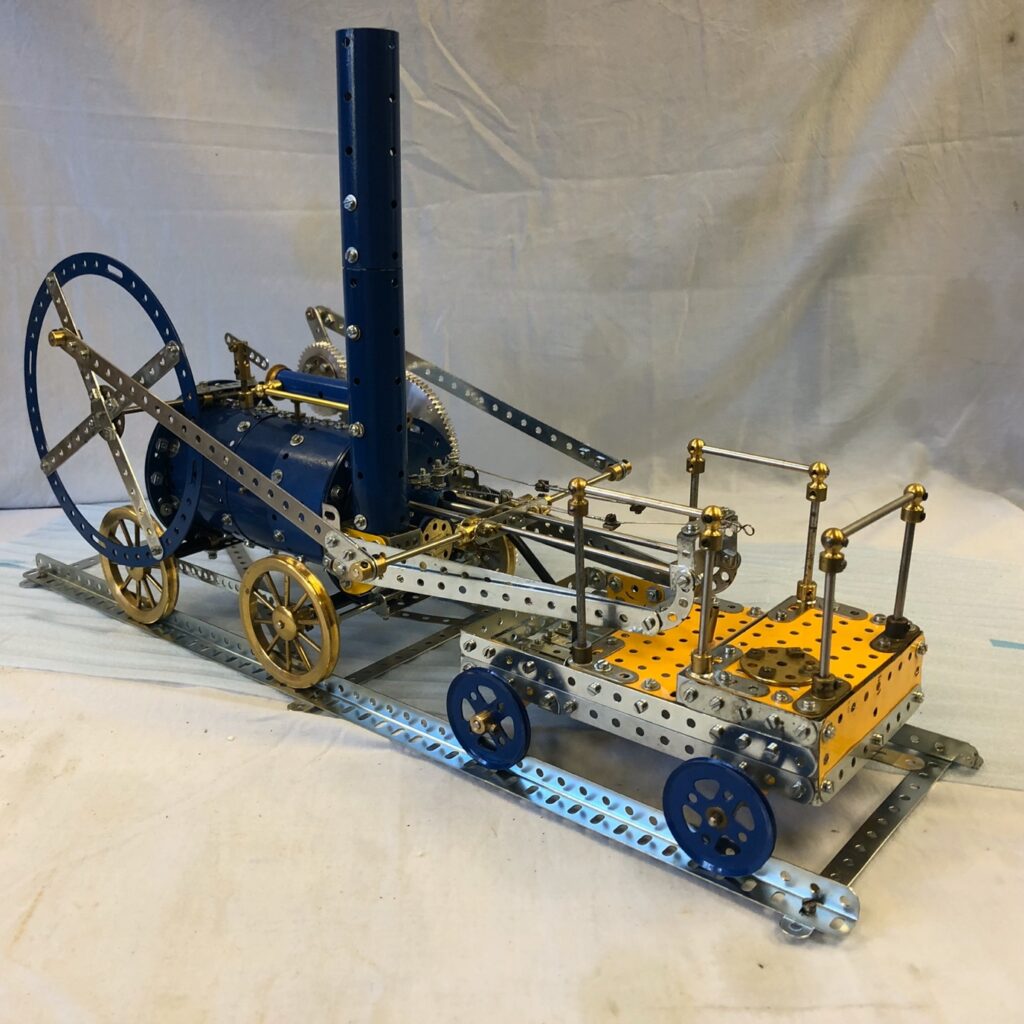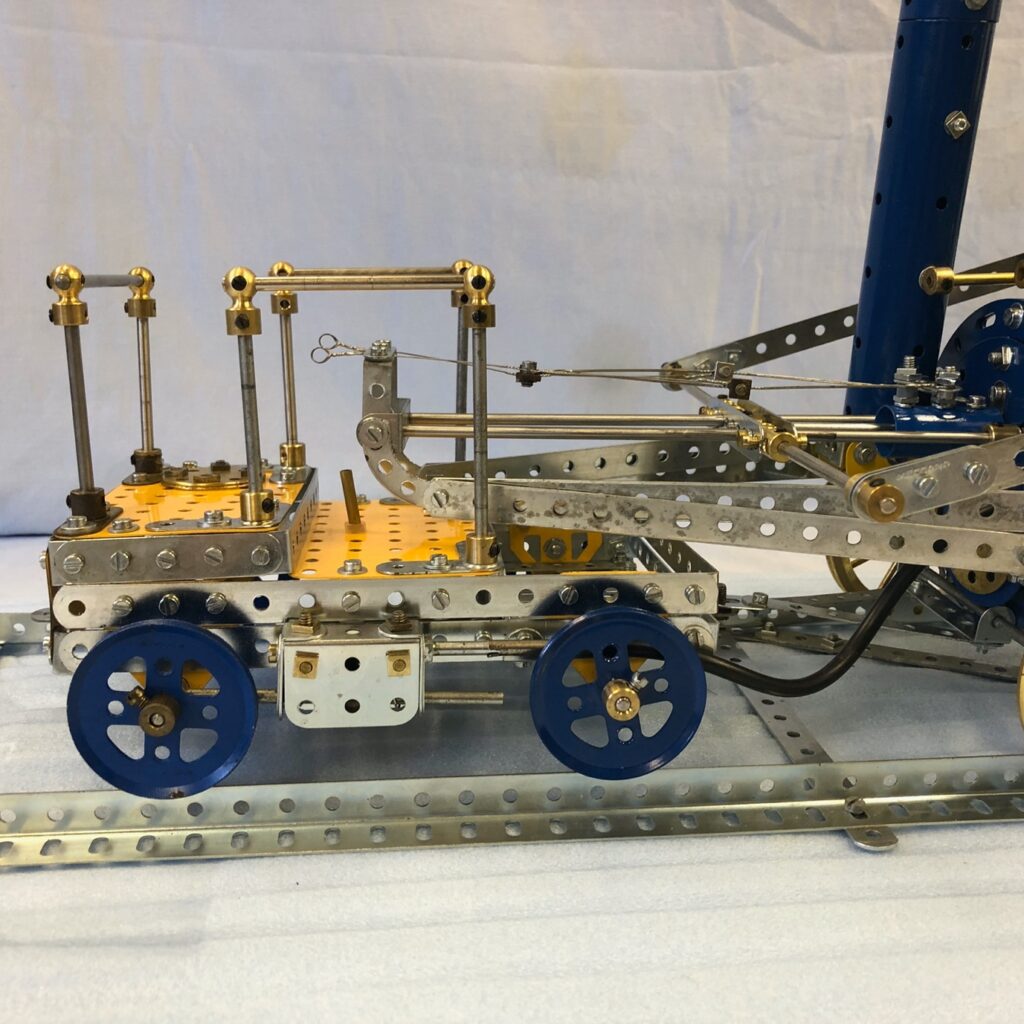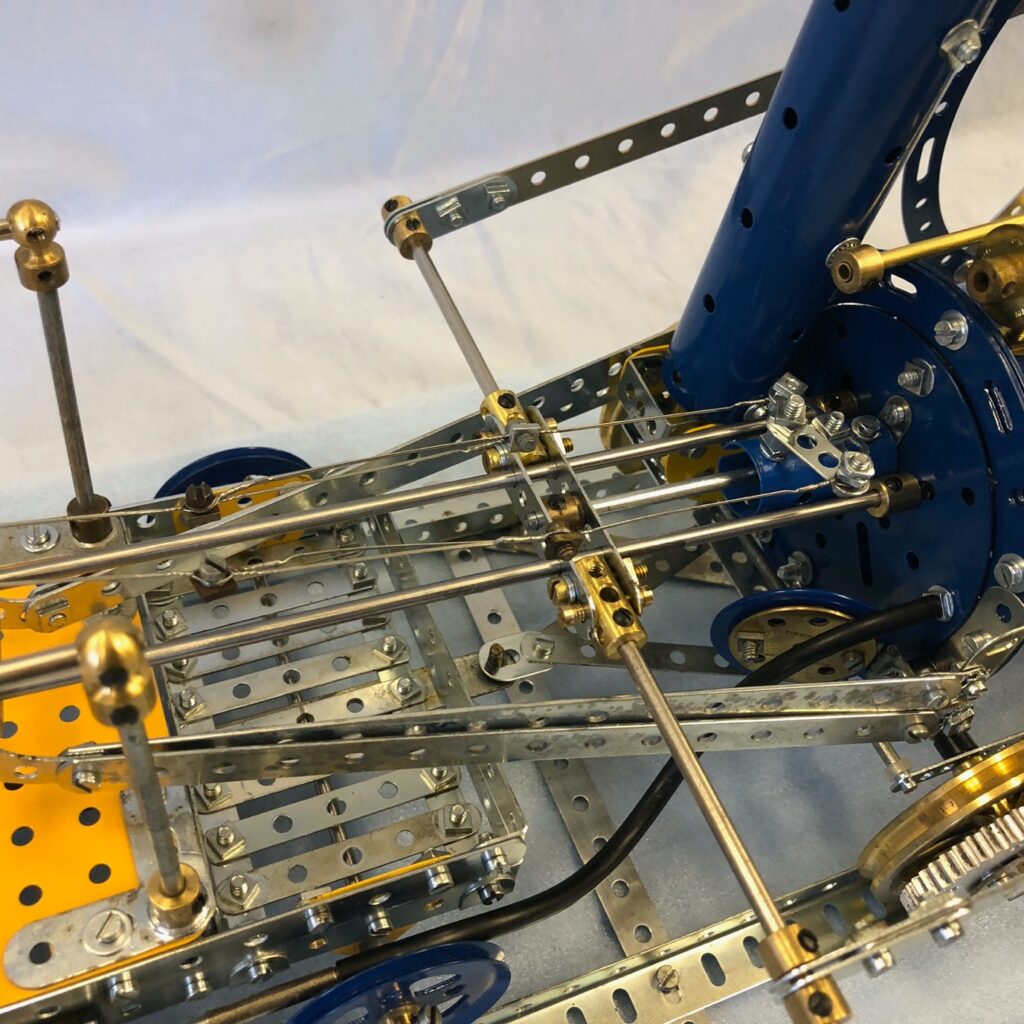The First True Railway Locomotive
The weight to power ratio of harnessing steam engines to transport heavy material such as ores was inadequate until the Cornishman, Richard Trevithick (1771-1833) designed and built a full-sized working road-locomotive.
Unlike James Watt he had not feared trying high-pressure steam in working models from 1797. He built more than 30 engines small enough to fit into a farmer’s cart. They were known as puffer-whims in Cornish mines where without a condenser, they exhausted steam directly into the atmosphere. Trevithick soon appreciated that by allowing high-pressure (145 psi) steam to expand in a cylinder his engines could produce more power than low-pressure engines of the same weight. In a public demonstration he built a full-sized engine and drove it up a hill at Camborne, Cornwall on Christmas Eve 1801.
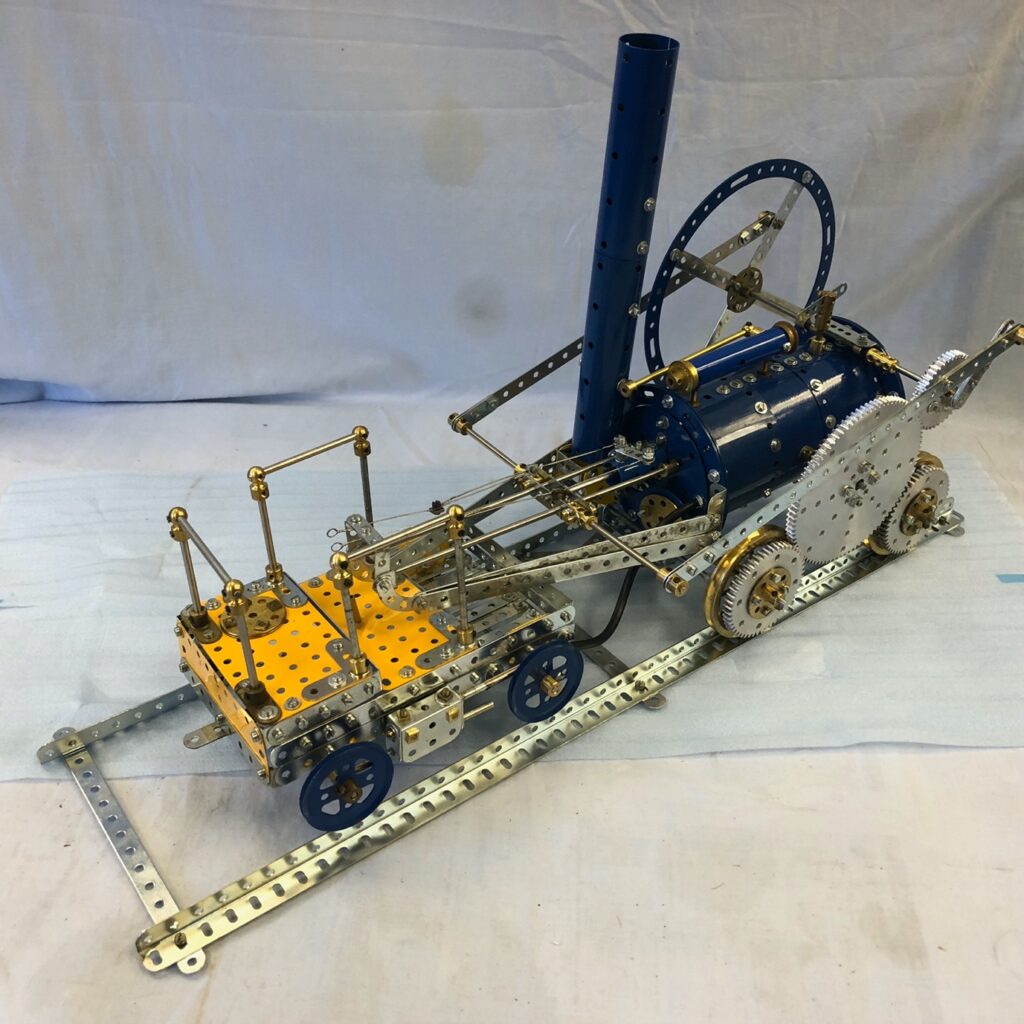
He took out a patent for his high-pressure design for stationary engines and locomotives in 1802. Then he demonstrated it on another road carriage through London in 1803. It stood to reason to mount this heavy steam engine on rails rather than run it on plate-ways common to mines of the day so by February, 1804 Trevithick had his engine, named “New Castle,” running on a tramway of cast iron rails at Pen-y-Darren Iron works in South Wales. The “New Castle” drew 10 tons of coal and 70 workmen in five wagons over 9 miles of track at an average speed of 5 MPH.
